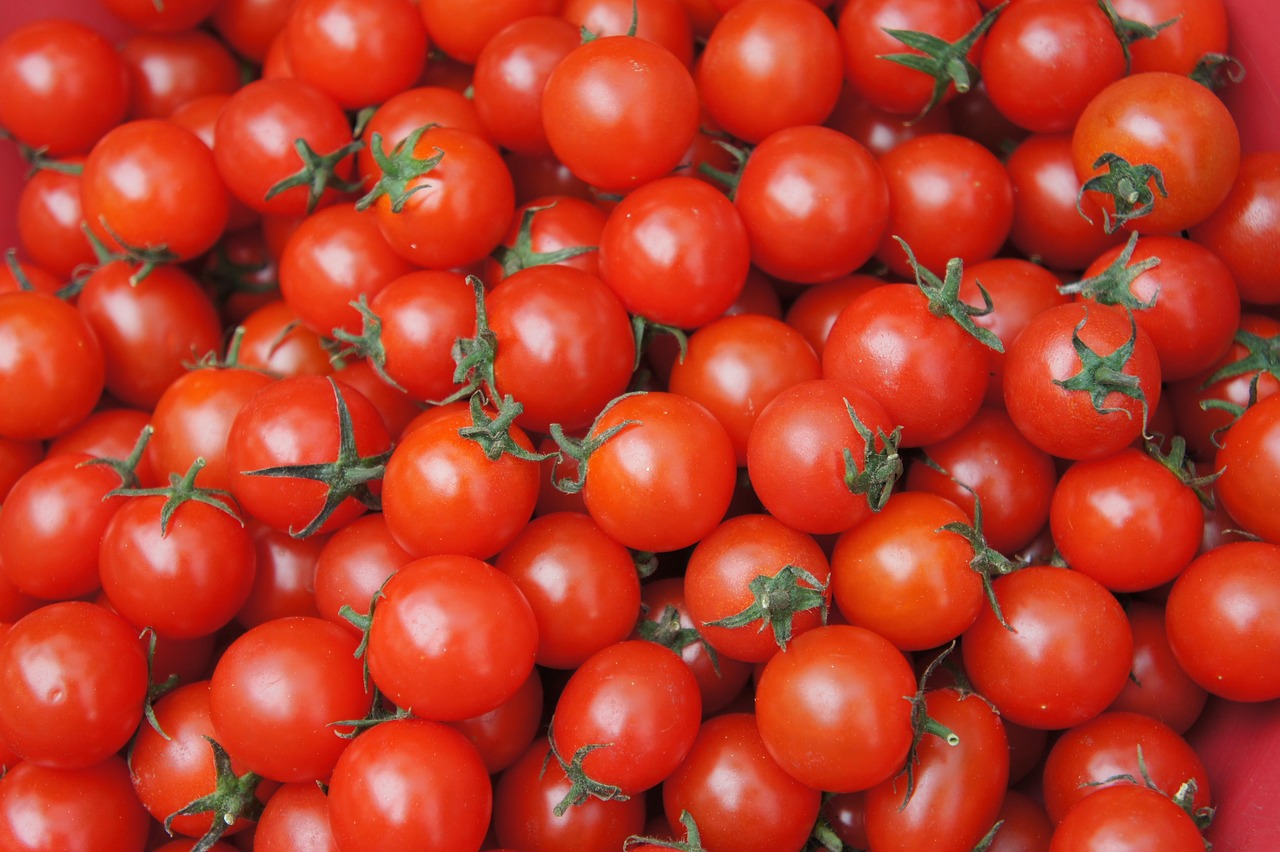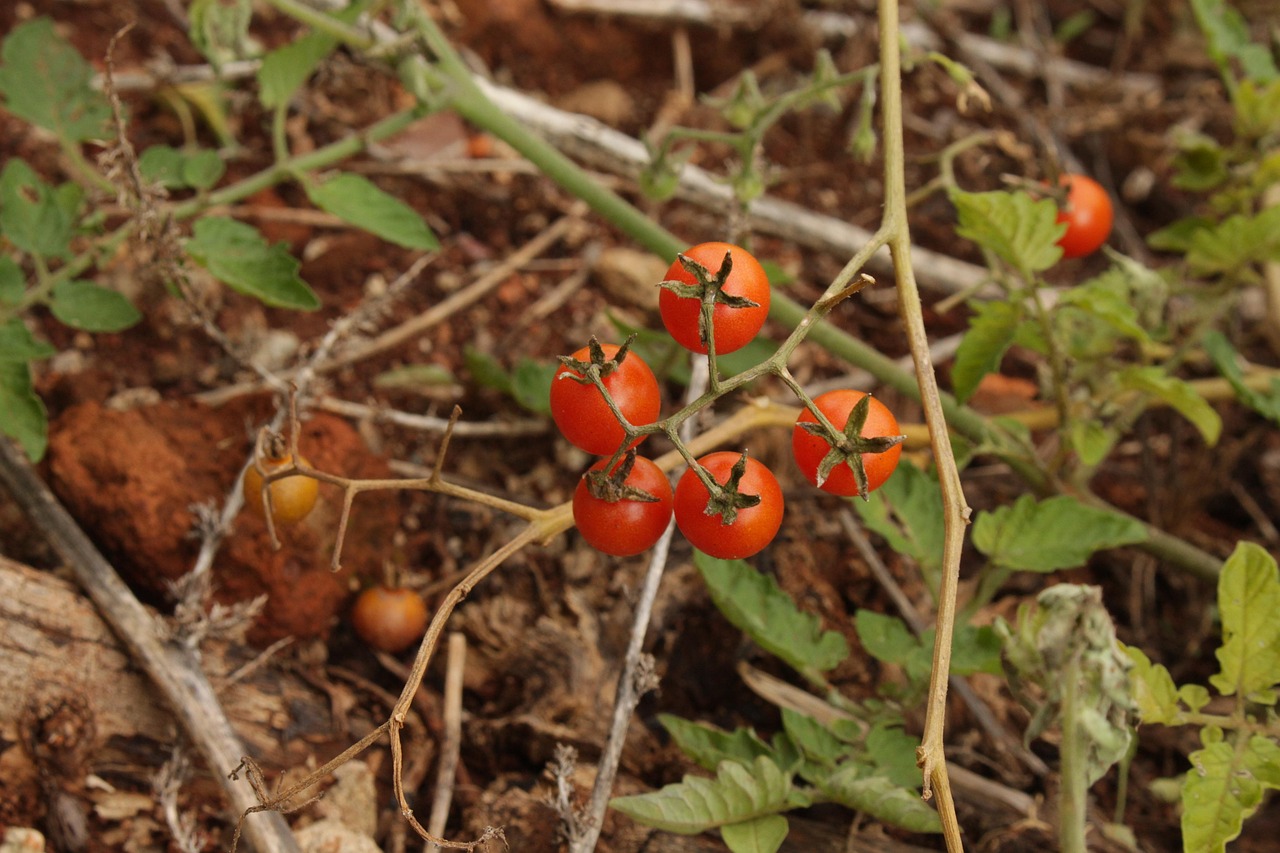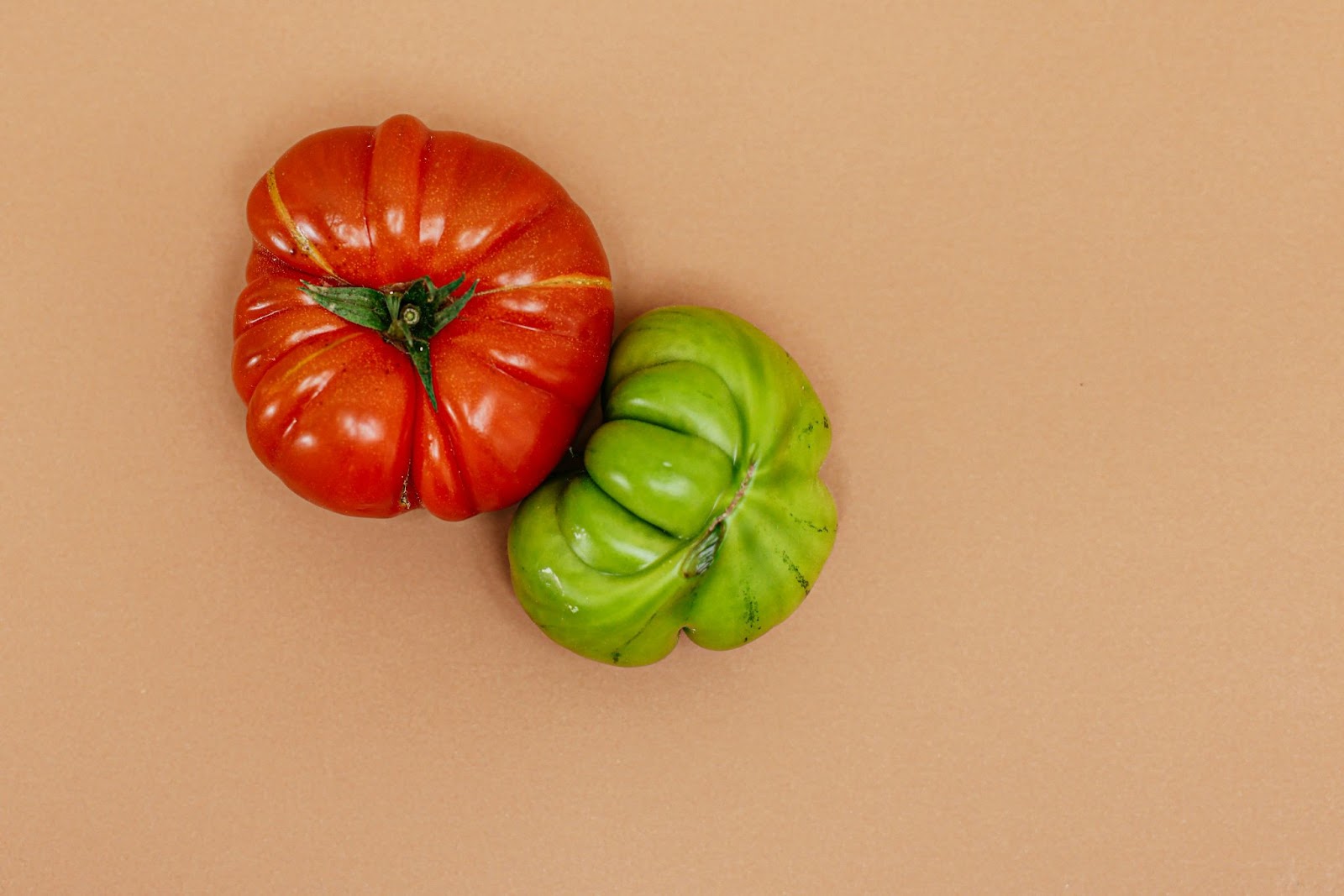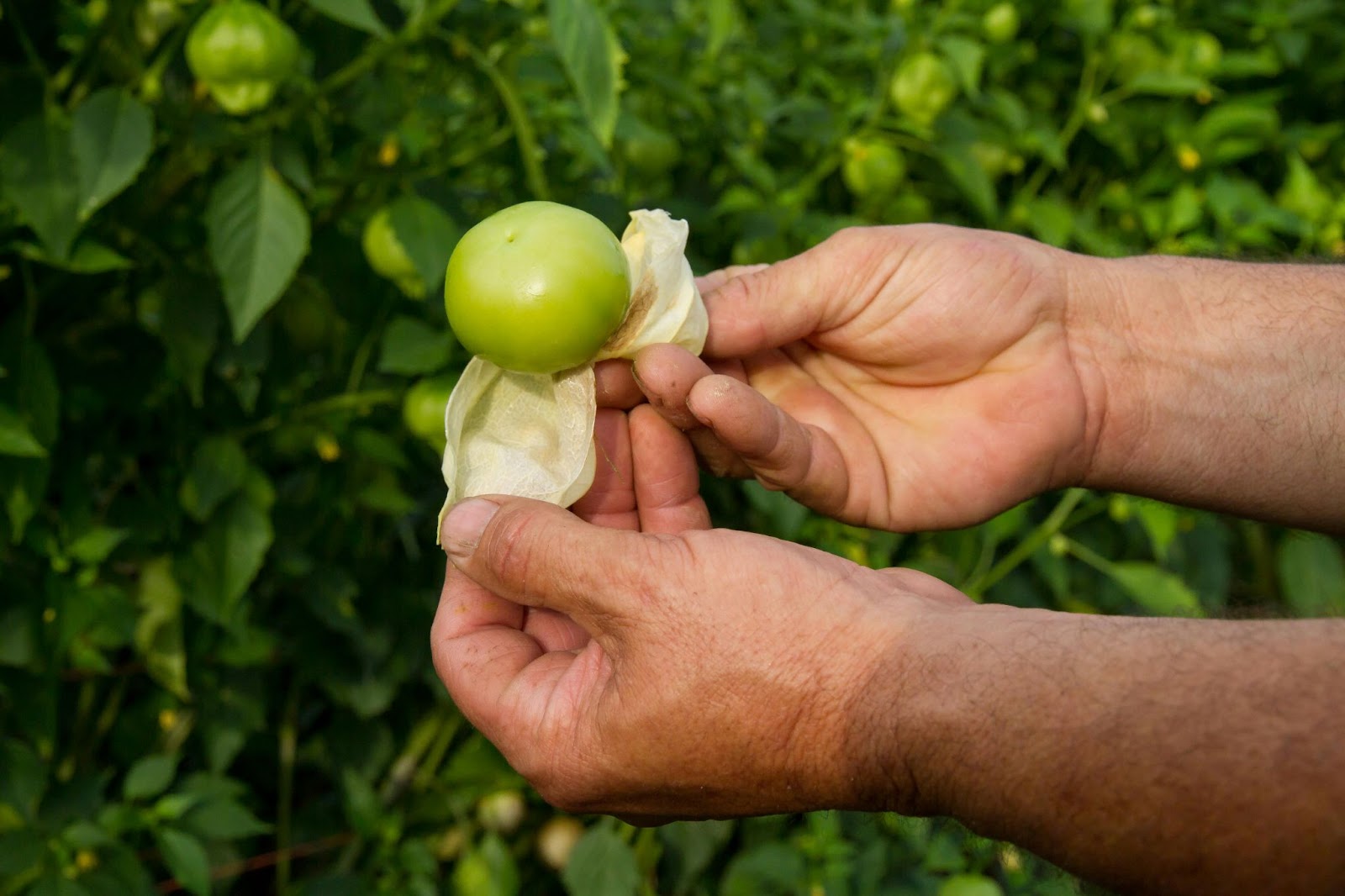Tomatoes are one of the most versatile and widely used ingredients in global cuisine. From fresh salads to sauces, soups, and stews, this red fruit holds a permanent spot in our kitchens.
However, not all tomatoes are created equal. There are many types of tomatoes, each with unique flavor profiles, textures, colors, and culinary uses.
Tomatoes vary not only in shape and color but also in taste, texture, and acidity. Some varieties are sweet and tender—perfect for eating raw—while others are bolder or tangier, making them ideal for cooking.
From the classic red globe tomato to the tiny, sweet cherry tomato, each type serves a specific purpose in the kitchen. That’s why it’s so important to get to know the different varieties—especially if you’re looking to take your recipes to the next level.
The 7 Most Popular Types of Tomatoes
Globe Tomato

The globe tomato is one of the most common varieties found in supermarkets and markets. It has a round shape, medium to large size, and smooth, shiny skin. Thanks to its balance of acidity and sweetness, it’s great for salads, juices, or quick sauces.
Its firm texture makes it perfect for slicing without falling apart, making it a favorite for burgers, sandwiches, and toast.
Best use: Raw, in salads and slices. Also great in fresh juices.
Common dishes: Fresh salads, sandwiches, guacamole with diced tomato, and Mexican-style scrambled eggs.
Cherry Tomato

Among the many tomato varieties, cherry tomatoes stand out for their small size and intensely sweet flavor. They can be round or slightly oval, and range in color from bright red to yellow, orange, or even purple.
These tomatoes are ideal for snacking, fresh salads, or as a decorative touch in gourmet dishes. They’re also perfect for roasting—their thin skins caramelize beautifully, enhancing their natural sweetness.
Best use: As a snack, in skewers, or salads. Also excellent roasted.
Common dishes: Caprese salads, bruschettas, veggie skewers, and roasted side dishes.
Plum Tomato (Saladet/Jitomate)

Known as “jitomate saladet” in Mexico, this tomato is more oblong, smaller than the globe tomato, and contains fewer seeds.
Its firm flesh and concentrated flavor make it a go-to for sauces, stews, and sautés. It’s widely used in traditional Mexican cooking, as it releases less water when cooked and its skin peels off easily after boiling—ideal for making mole, broths, and adobos.
Best use: Cooked, for thick sauces, stews, and cooking bases.
Common dishes: Mexican sauces, broths, red rice, chilaquiles, and huevos rancheros.
Heirloom Tomato

Heirloom tomatoes are traditional, non-GMO varieties passed down through generations. Their irregular shapes and wide range of colors (red, green, purple, yellow) make them visually striking.
Known for their rich flavor and aromatic complexity, they’re ideal for gourmet salads or simply eaten fresh with a sprinkle of salt and olive oil. Each heirloom variety often has a unique history tied to a specific region.
Best use: Raw, in dishes that showcase their shape and color.
Common dishes: Gourmet salads, tomato carpaccio, focaccia, and savory tarts.
Roma Tomato (Pear Tomato)
The Roma or pear tomato has an elongated shape, resembling a pear or egg. It’s meaty, with few seeds and low water content—perfect for thick sauces, pasta dishes, and preserves.
This is the go-to tomato in Italian cuisine. Its texture holds up well to long cooking without losing flavor or consistency. It’s a staple in sauces like pomodoro or marinara.
Best use: Cooked or processed for sauces and preserves.
Common dishes: Pomodoro sauce, lasagna, Neapolitan pizza, and tomato soup.
Tomatillo (Green Tomato)

Although not a conventional tomato, tomatillos belong to the same family (Solanaceae) and are essential in Mexican cuisine. Wrapped in a thin, papery husk, their bright green color stands out.
Tomatillos have a tangy, citrusy flavor that makes them perfect for green sauces, enchiladas, chilaquiles, and stews. Unlike other tomatoes, they’re typically used cooked or roasted, and are key to dishes like salsa verde or green mole.
Best use: Cooked or roasted, in sauces or as a stew base.
Common dishes: Salsa verde, green enchiladas, chilaquiles, pork in green sauce, and green mole.
Kumato Tomato
The kumato is a dark reddish-brown tomato with a sweet flavor and a hint of acidity. Its firm skin and juicy flesh make it ideal for eating raw or in vegetable carpaccios.
Among the more exotic varieties, the kumato has earned its place in modern cuisine thanks to its unique taste and appealing appearance. Though relatively new, it’s now grown in several countries and highly valued by chefs and home cooks alike.
Best use: Raw or lightly sautéed to highlight its unique flavor.
Common dishes: Gourmet salads, vegetable carpaccio, avocado and tomato toast, and puff pastry tarts.
As you can see, there are many different types of tomatoes—each with its own unique qualities. From the globe tomato to the green tomatillo, tomatoes offer a wide range of flavors, textures, and colors to explore.
Whether you’re making a homemade sauce, a fresh salad, or a traditional dish, there’s always a perfect tomato for the job.
Did you already know all these tomato varieties? Try something new and see how each type can elevate your cooking!
Taste classic Mexican tomato varieties at La Taquería de Birra, where tradition meets flavor.
Find us at C/ Don Pedro, 11 or Plaza de las Comendadoras, 2.




